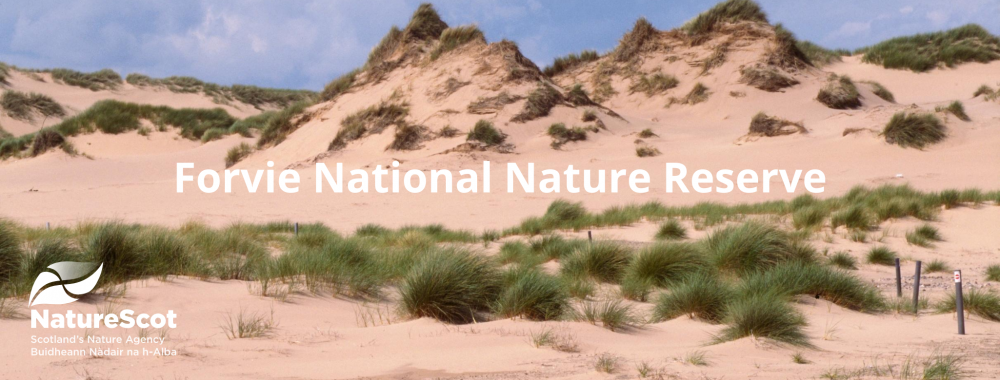I hope you’re all staying sane after another week of being confined within four walls. Here at your author’s house we’ve at least got the garden to distract us and prevent us going totally bonkers. Now over the years we’ve been lucky enough to see a wide variety of wildlife here, including some weird and wonderful migrant insects and birds among other things (our coastal location means you never quite know what’s going to turn up next – more on that next time). But of all the species that visit us here, there’s one that most of us will have in common, wherever we are.
It’s the humble House Sparrow. Its scientific name is Passer domesticus – literally ‘the sparrow of the house’, thereby making it one of the few species with a truly sensible name in both Latin and English. It’s been associated with human habitation for as long as anyone can remember, thriving wherever we thrive.
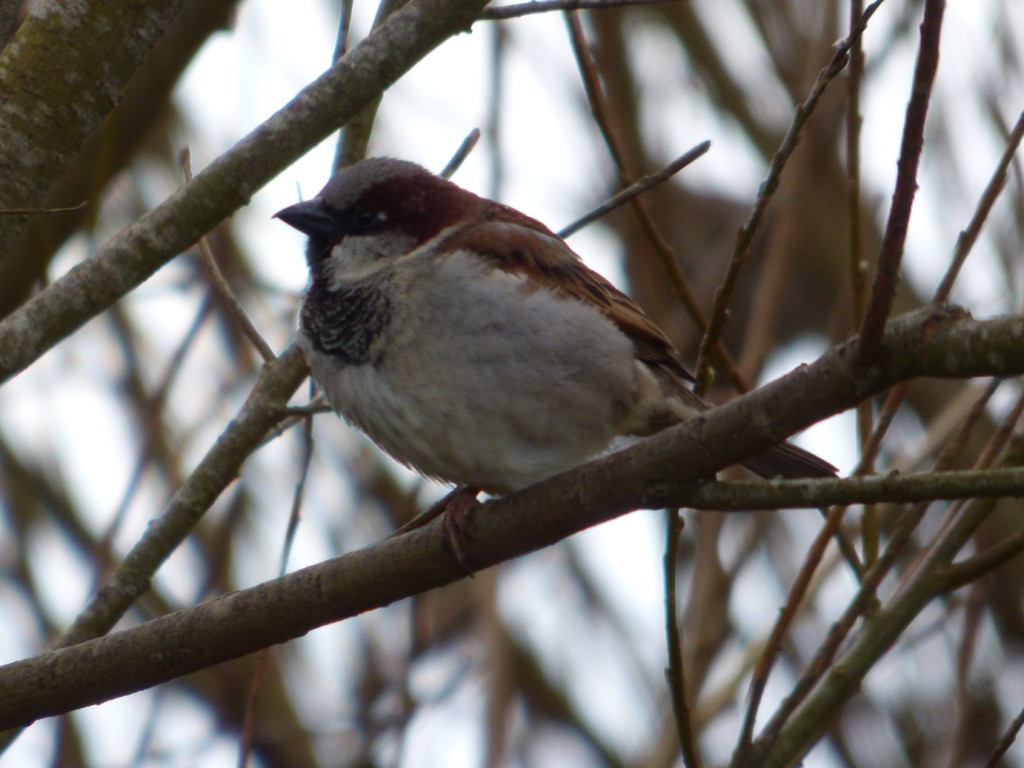
In Orkney, the ancient settlement of Skara Brae still has House Sparrows living in gaps in the stone walls of the dwellings. They happily go about their business oblivious to the hordes of tourists visiting the world-renowned site, and lend a lively atmosphere to the place long after the last human residents moved out. It’s nice to think that the same species may have been occupying the same spaces thousands of years ago, when Skara Brae was still a functioning community. Back then, they would have benefited from the people’s building works (for shelter and nesting sites) and their food scraps (for winter sustenance). Their relationship with humans is not so very different today.
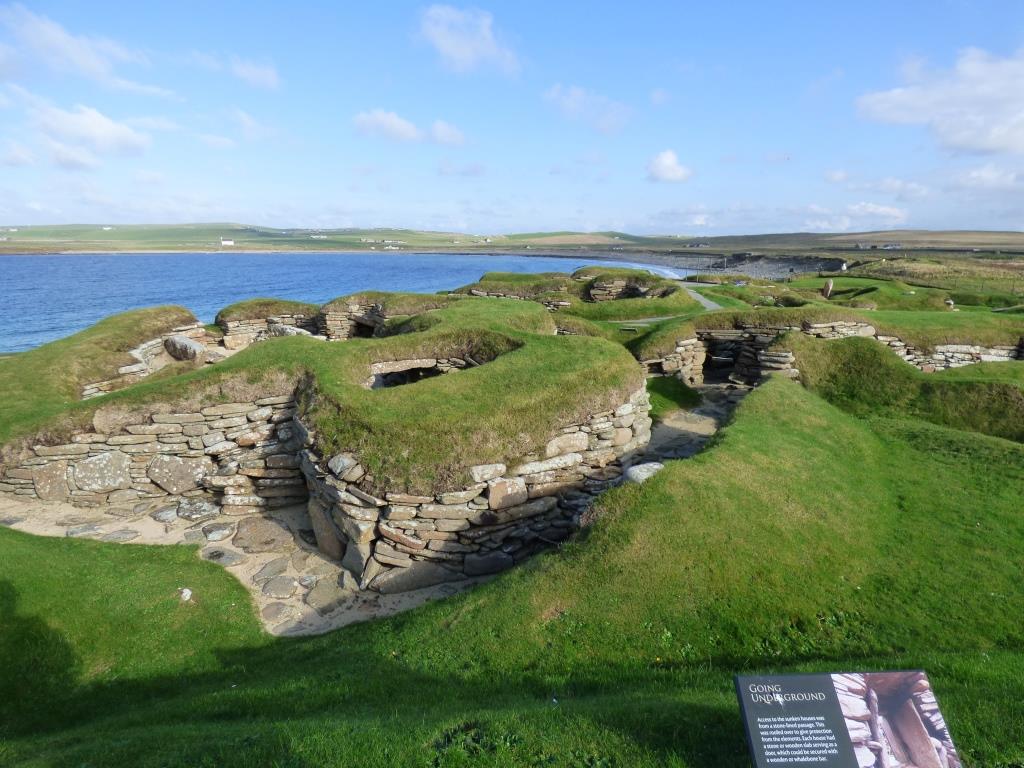
It wasn’t always one-way traffic in terms of the birds exploiting humans though. Unsurprisingly, people exploited the birds too. Years ago, sparrow pie was frequently eaten in rural areas of Britain, and there is a record as recently as 1967 of a pie containing no fewer than 100 sparrows being served at the Rose Inn, Peldon, Essex. This seems utterly unthinkable today – not only have our tastes changed, but House Sparrows are very much scarcer as well (having been adversely affected by changes in agriculture and building practice), and are thankfully now protected by law.
Perhaps by way of revenge for such gastronomical crimes, a House Sparrow was reported to have burned down a house in Saxmundham, Suffolk, in 1960. Apparently the bird carried a lit cigarette stub up to its nest in the roof of the thatched property, and disaster ensued. Now that would have been an interesting one for the insurers.
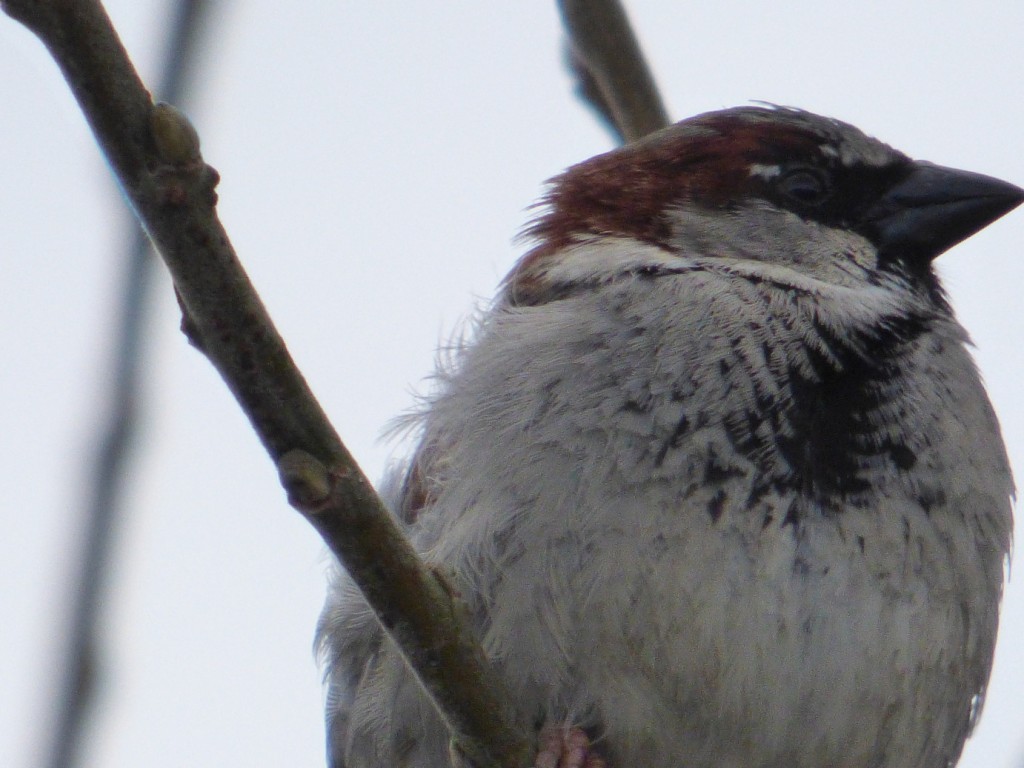
When I was a lad (i.e. a handful of years ago), I, along with most other children, knew the nursery rhyme featuring the sparrow:
Who killed Cock Robin?
I, said the Sparrow,
with my bow and arrow,
I killed Cock Robin.
Though somewhat unfortunate for the sparrow in this case – giving it a bit of a bad name – it is one of a number of cultural references to the House Sparrow, some of which stretch back as far as Biblical times. The Venerable Bede made mention of the species in the 7th Century, one of the earliest recorded references in UK history.

Back at our house, male House Sparrows, with their neat black bibs, are known as Kenny Cockbirds. This stems from your uber-nerd author’s boyhood interest in the railways, where as a youth he encountered a locomotive named Kenny Cockbird, bearing a distinctive sparrow motif. The stylised bird is recognisably a House Sparrow, with the addition of waistcoat and cap, and was the emblem of Stratford Depot in East London, back in the days of British Rail. The depot has long since been razed to make way for the Olympic stadium; the diesel loco in question survives in preservation; but the point is that our affection for the House Sparrow remains, and it retains a special place in our hearts and culture.
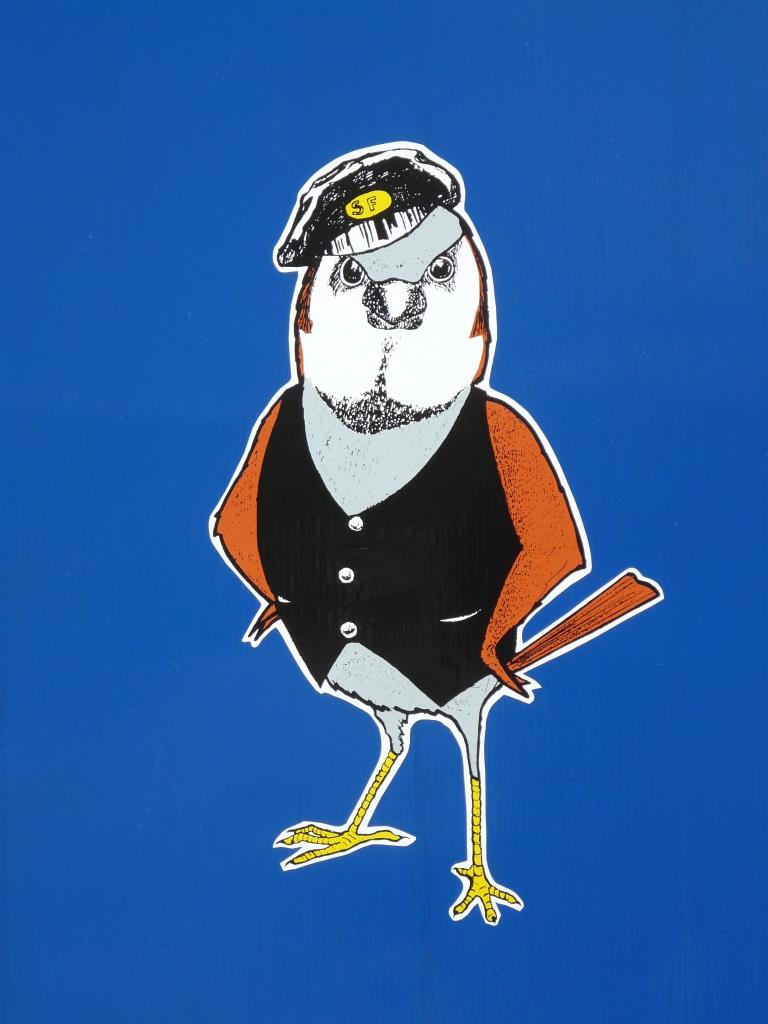
Even in popular music, the sparrow still rates an occasional mention. Who could argue with Phil Daniels, the chirpy voice-over guy in Blur’s ‘Parklife’?
I feed the pigeons; I sometimes feed the sparras too. It gives me a sense of enormous wellbeing.
Agreed. Clearly Phil likes being connected with nature too. We just have to hope that he’s feeding the birds in his own garden just now.
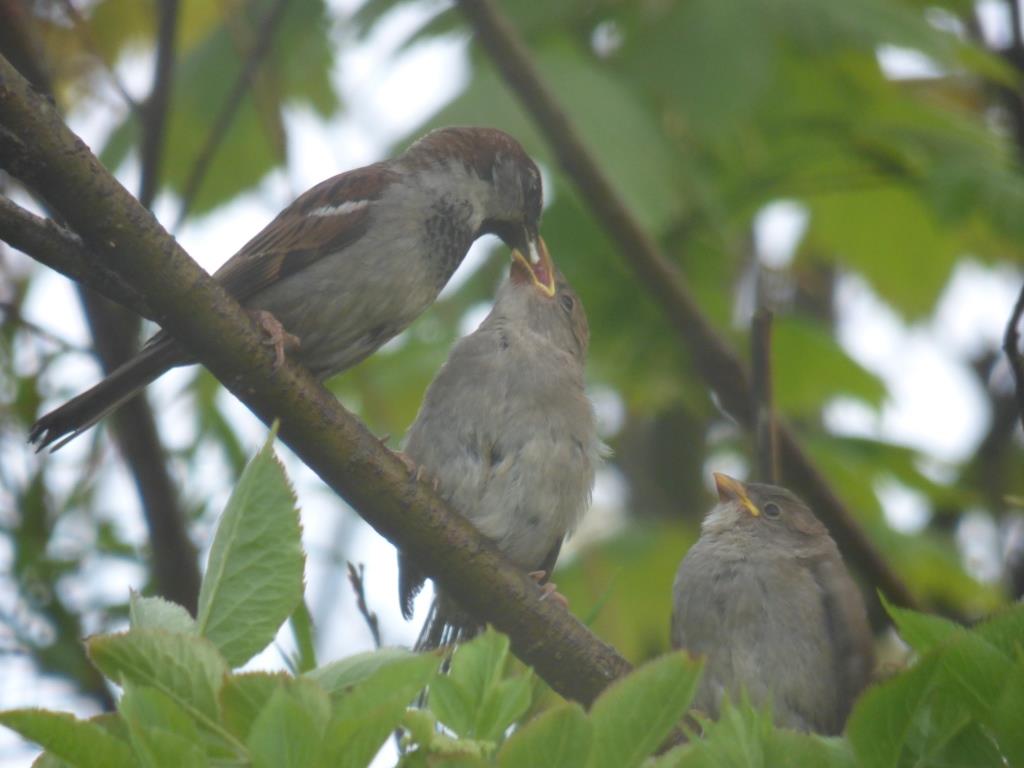
Every year at Forvie, we share the office buildings with House Sparrows. They nest in the gaps under the roofing slates, keeping us company with their chirruping and arguing, and occasionally startling us when they emerge from the roof at the same time as one of us enters or leaves via the office door. Nearby at home, we’re fortunate enough to host up to 50 House Sparrows at a time in our garden, and they constantly delight us with their displaying, posturing and squabbling, set against a chorus of cheerful chirping.
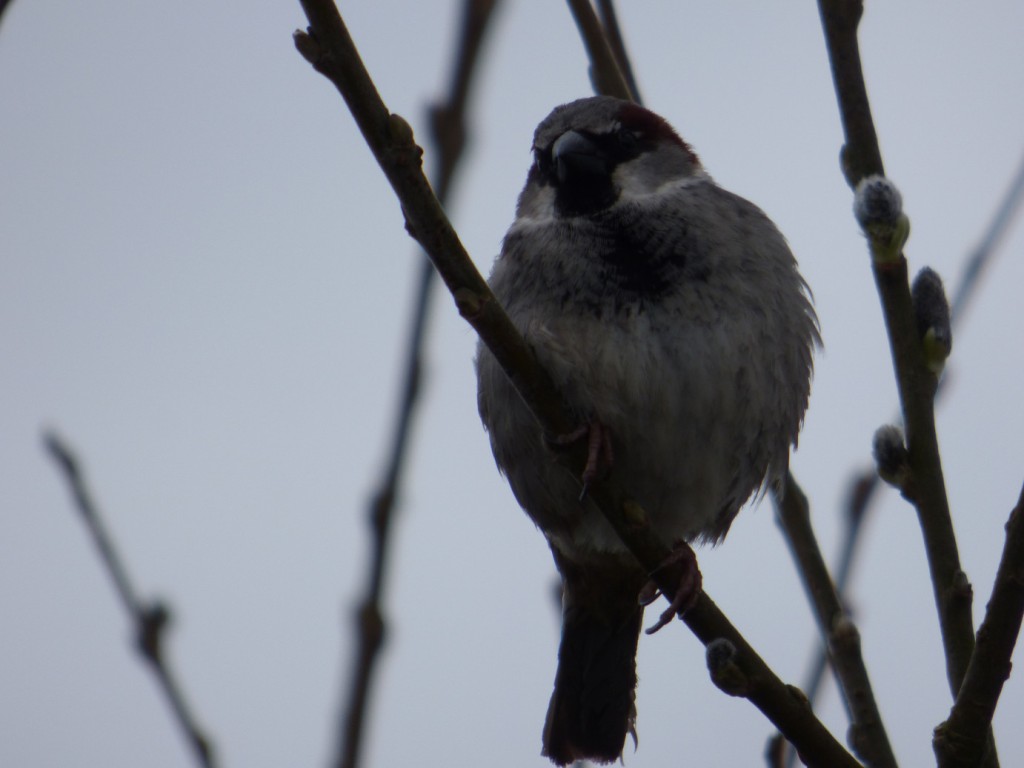
At a time when our own social lives are temporarily and necessarily curtailed, we can still enjoy the lively social life of this most familiar species. Wherever you are, you probably don’t have to look far to find House Sparrows, even if you wouldn’t normally even notice them. But this humble, unassuming bird is well worth a second look.
